Le XXIe siècle nous a apporté d'innombrables progrès ; qu'ils soient technologiques, industriels, de mode ou sociaux, nous constatons aujourd'hui que nombre d'entre eux ont également atteint les domaines de la construction et de la décoration d'intérieur. Les possibilités d'amélioration de l'habitat sont nombreuses et permettent de choisir exactement ce que l'on veut. Et tandis que les méthodes de décoration plus traditionnelles telles que la peinture et le papier peint sont là pour rester, les enduits muraux décoratifs ouvrent la voie à de nouvelles possibilités passionnantes et continuent à brouiller la frontière entre les vieux classiques et le design moderne.
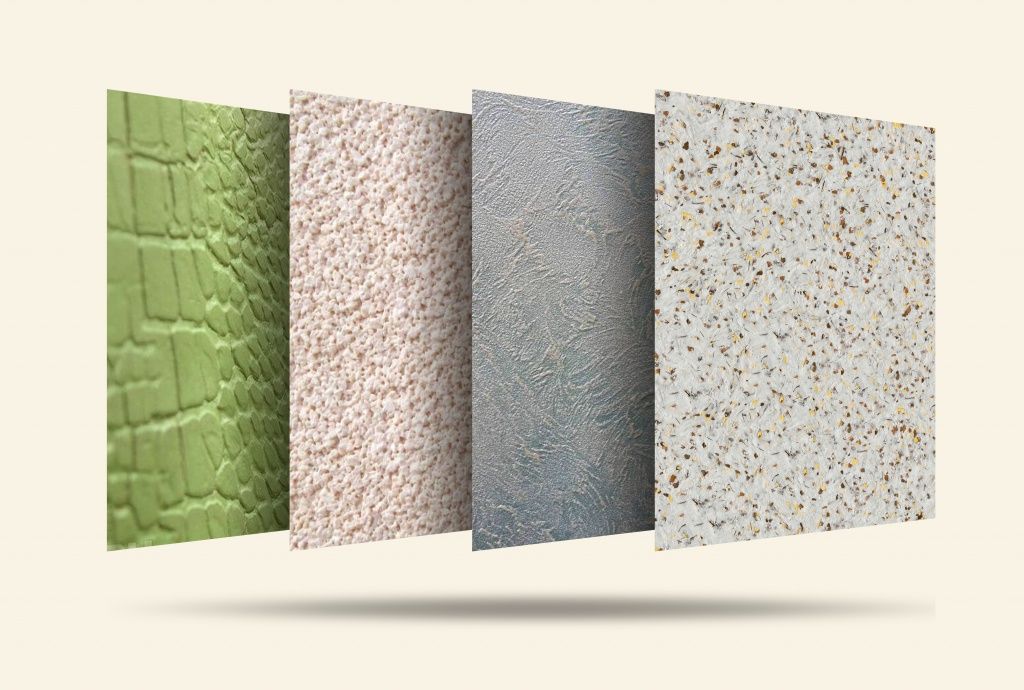
En même temps, toutes ces options peuvent être déroutantes, surtout si vous êtes novice dans le domaine de l'amélioration de l'habitat. Beaucoup de ces noms ne vous sont pas familiers et certains se ressemblent beaucoup trop. Pour être sûr de tout savoir sur les différents produits, ce qu'ils ont à offrir et les possibilités de décoration qu'ils offrent, continuez à lire!
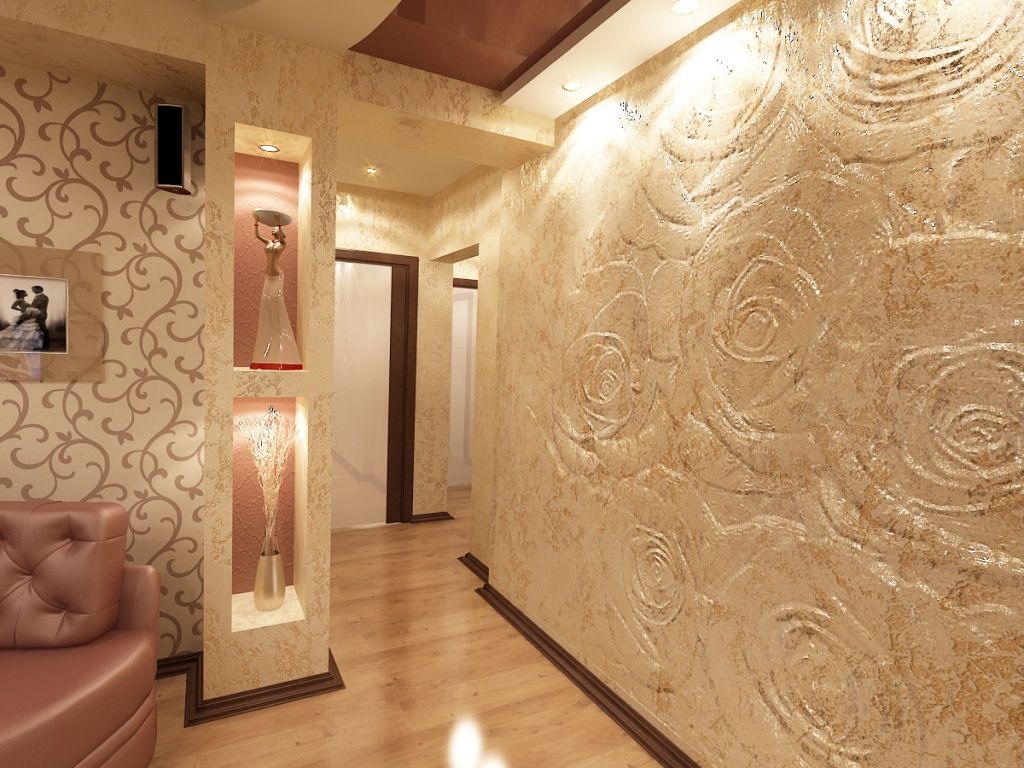
Quelle est la différence entre les enduits et les enduits décoratifs?
Les différents plâtres sont fabriqués à partir de divers matériaux, mais ont la même fonctionnalité. Qu'il s'agisse de plâtre, de plâtre mince, de plâtre vénitien ou de plâtre soyeux, ils ont tous, au départ ou avant l'application, une forme humide et pâteuse qui permet une application en douceur et parfois complexe, en fonction du résultat souhaité. Ensuite, vous laissez le plâtre durcir et vous obtenez une surface prête à l'emploi.
Il existe toutefois des différences entre les différents enduits, la plupart d'entre eux étant utilisés dans le cadre du processus de construction/finition plutôt que dans celui de la décoration d'intérieur. Par exemple, l'enduit de placage est principalement utilisé pour obtenir une surface lisse et monochrome qui servira ensuite de base à tout revêtement mural.
Le plâtre offre différentes possibilités d'utilisation et brouille ainsi la frontière entre les matériaux de base et les matériaux d'intérieur. Le plus souvent, le plâtre est utilisé pour obtenir une surface murale propre et finie, mais plus récemment, il a également été réintroduit dans la décoration intérieure par le biais de différentes moulures décoratives en plâtre pour les murs et les plafonds. Pour mieux comprendre, imaginez un palais ou un temple ancien, où les arcs et les lignes du plafond sont sculptés de manière complexe. Par exemple, les palais de Versallies ou de Fontainebleau. Dans ces endroits, on peut également voir que ces moulures étaient recouvertes de couleurs argentées et dorées pour ajouter à l'aspect distingué.

Bien sûr, décorer une pièce aujourd'hui dans une telle mesure peut être considéré comme un peu vulgaire, mais si vous l'ajoutez comme un petit élément à remarquer, il peut constituer un merveilleux ajout à l'intérieur.
Enfin, les enduits tels que l'enduit vénitien et l'enduit soyeux, bien qu'ils puissent être utilisés sur des surfaces extérieures, sont conçus pour faire briller votre intérieur ! Ces enduits muraux décoratifs ont un aspect unique et, en fonction de ce que vous recherchez, ils pourraient bien être les meilleurs.
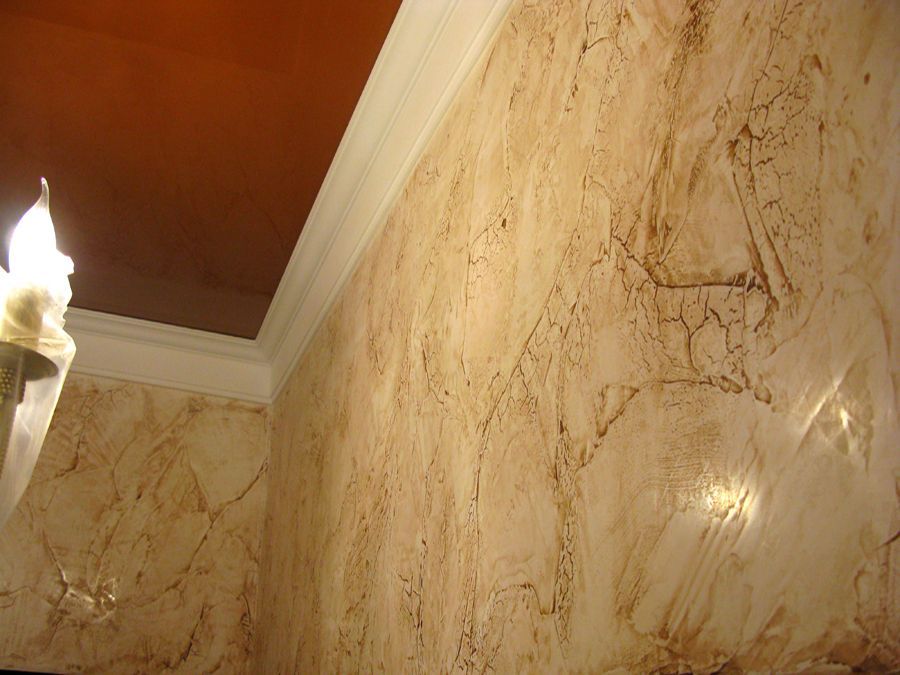
La peinture au plâtre vénitien, parfois appelée plâtre à la chaux, est une substance semblable à du mastic, fabriquée à partir de calcaire cuit ou de poussière de marbre, qui est mélangée à de l'eau lors de la préparation. Après application, l'aspect final doit ressembler à du marbre véritable.
Le SILK PLASTER, quant à lui, est composé de matériaux écologiques tels que le textile, les fibres de coton et les additifs minéraux décoratifs. Il en résulte une texture unique, douce au toucher, et une belle profondeur visuelle qu'aucun autre revêtement mural ne peut atteindre.

Plâtre décoratif pour murs et plafonds
La qualité fondamentalement supérieure des enduits est qu'ils peuvent être appliqués sur presque toutes les surfaces - à l'intérieur, à l'extérieur, sur les murs, les plafonds, les cuisines, les salles de bains, les bureaux et bien plus encore!
Il existe quelques nuances en termes de préparation pour chaque mur, mais l'application d'un enduit mural décoratif ne diffère pas en soi de l'application d'un enduit décoratif sur les plafonds, par exemple.

Une fois que vous avez choisi le type de plâtre décoratif à utiliser, vous devez sélectionner le motif. Il existe un certain nombre de possibilités de conception, allant des couleurs simples aux motifs géométriques, en passant par des peintures en plâtre plus complexes et détaillées. Avec le plâtre décoratif, vous avez la liberté d'expérimenter et de créer des œuvres d'art murales en plâtre uniques et mémorables, ainsi que des plafonds décoratifs en plâtre qui capteront l'imagination de tous ceux qui les verront.
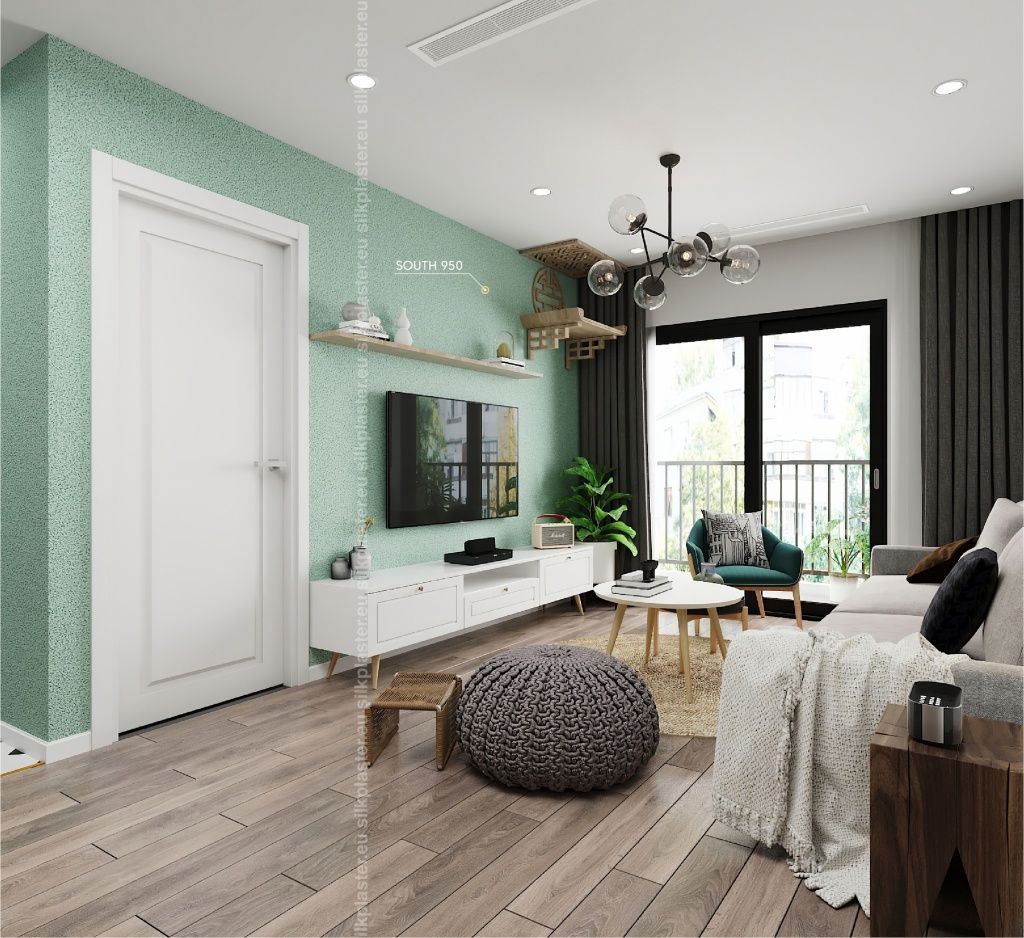
Notez qu'aucune autre option de peinture murale en plâtre ne vous donnera le même résultat qui combine la texture, la couleur et le design de votre choix que celui du papier peint liquide en plâtre soyeux. En effet, le papier peint liquide SILK PLASTER est une peinture à la texture unique qui apportera chaleur et confort non seulement par ses avantages pratiques, mais aussi par son simple aspect!
Comment appliquer le SILK PLASTER dans le motif d'enduit décoratif que vous avez choisi?
Murs en plâtre décoratifs simples
Pour un look élégant et toujours moderne, un mur unicolore ne vous décevra jamais. Dans ce cas, le choix de la bichromie est très répandu : la moitié de la pièce est différente (2/4 murs) ou un seul mur, ce qui constitue un point d'attraction immédiat dans la pièce.
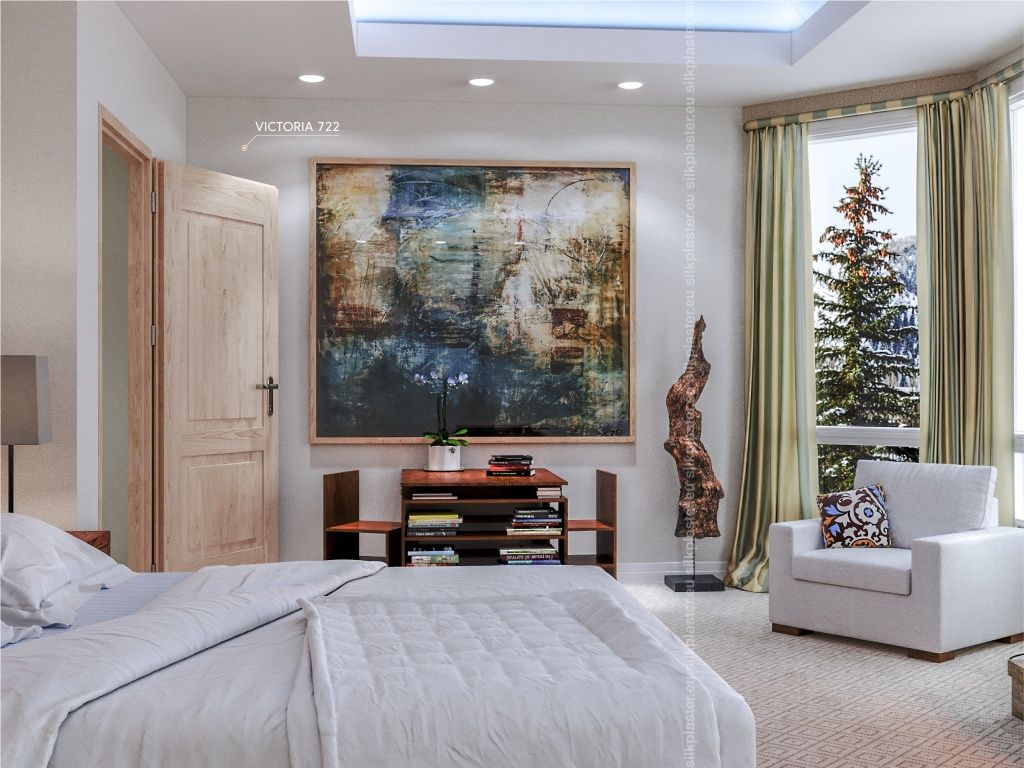
Ce processus comporte quatre étapes simples : la préparation de la surface, l'application de l'apprêt, la préparation du matériau et l'application. Une fois que vous avez préparé la surface au point qu'elle soit sèche, lisse, propre, d'un blanc monochrome, exempte de taches et de poussière, vous la traitez avec un apprêt à pénétration profonde. Appliquez deux couches d'apprêt SILK PLASTER sur toute la surface, en respectant un délai de séchage de 24 heures entre celles-ci et la couche de papier peint liquide suivante.
Pour préparer le matériau, versez de l'eau propre à température ambiante dans un récipient en plastique. La quantité d'eau pour chaque type de plâtre décoratif est indiquée sur l'emballage. Versez ensuite le contenu de l'emballage dans l'eau. Si la décoration murale en plâtre décoratif choisie l'exige, ajoutez des paillettes au mélange.
Mélangez soigneusement le matériau à la main pour éviter la formation de grumeaux de colle. Certains enduits décoratifs muraux nécessitent l'utilisation d'une perceuse munie d'un embout mélangeur, ce qui est indiqué sur l'emballage.
N'oubliez pas que le mélange partiel d'un paquet n'est pas autorisé ! Par conséquent, si vous avez besoin de plusieurs paquets de SILK PLASTER, mélangez-les en une seule fois. Un seul mur ou plafond doit être entièrement recouvert du matériau provenant du même mélange. Placez ensuite le matériau imbibé dans un sac ou un récipient en plastique fermé et conservez-le pendant 12 heures.
Avant l'application, mélangez à nouveau soigneusement le matériau à la main ou à l'aide d'une perceuse, de la même manière que précédemment. Utiliser une truelle en plastique pour appliquer de petites quantités du matériau mélangé de manière uniforme sur toute la surface. Après 1 à 2 heures, lisser la surface avec la truelle en la mouillant avec de l'eau. Le matériau doit être utilisé dans les 48 heures suivant le trempage.


Pour augmenter la durabilité, ainsi que pour permettre à l'avenir un nettoyage humide, recouvrez la surface d'une finition murale en plâtre telle que le vernis SILK PLASTER.
Plafonds et/ou murs en plâtre décoratifs complexes
Les motifs géométriques sont un peu plus complexes, mais avec un travail minutieux de la part d'un professionnel, ils peuvent créer un espace unique et merveilleux.
La préparation de la surface et des matériaux est similaire, mais si vous mélangez deux couleurs différentes et pas seulement deux ou plusieurs paquets de la même couleur, vous devez le faire dans des récipients séparés!
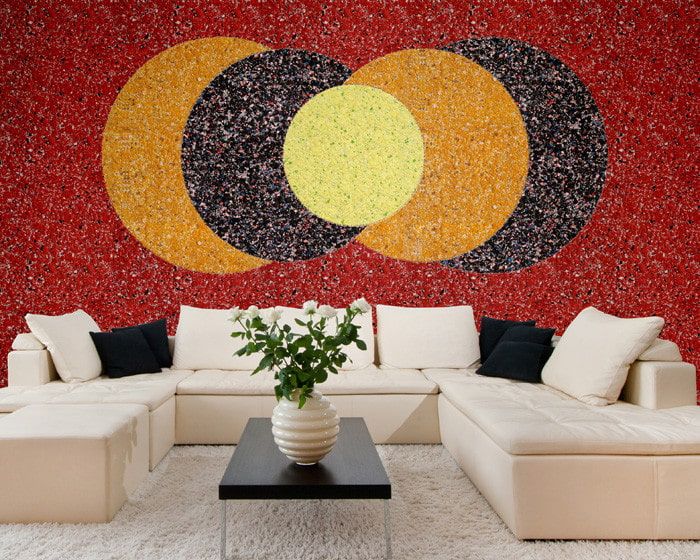
Il existe cependant des possibilités encore plus complexes offertes par le dessin de papier peint liquide sur le mur. Ces motifs complexes sont réalisés à l'aide de pochoirs. Vous pouvez choisir parmi des motifs prêts à l'emploi en ligne ou créer les vôtres, tant que vous êtes satisfait et à l'aise avec le résultat ! En choisissant les options de dessin de papier peint liquide pour un intérieur, vous avez la possibilité d'utiliser:
- Des pochoirs simples pour appliquer une seule couleur. En d'autres termes, vous prenez un pochoir, vous le placez le long du mur et vous appliquez le mélange liquide préparé pour le papier peint par-dessus - c'est assez simple;
-
Pochoirs multicolores pour créer des images pleines, lumineuses et colorées. Cela nécessite plusieurs pochoirs qui seront superposés pour ajouter les couches nécessaires à l'image. En cas de chevauchement, cela signifie qu'il faut attendre que la couche inférieure sèche avant d'en appliquer une nouvelle pour ne pas gâcher l'image;
-
Les dessins en 3D ou les motifs volumétriques sont un peu plus compliqués à réaliser, car il faut utiliser un mastic. Cependant, il ne s'agit pas d'un travail manuel, mais d'un pochoir volumétrique qui fait ressortir certains éléments du mur;
-
Les pochoirs inversés vous permettent de colorier autour de la découpe au lieu de colorier par-dessus, comme c'est le cas avec les pochoirs simples. Cela permet d'obtenir un arrière-plan surligné au lieu du premier plan.
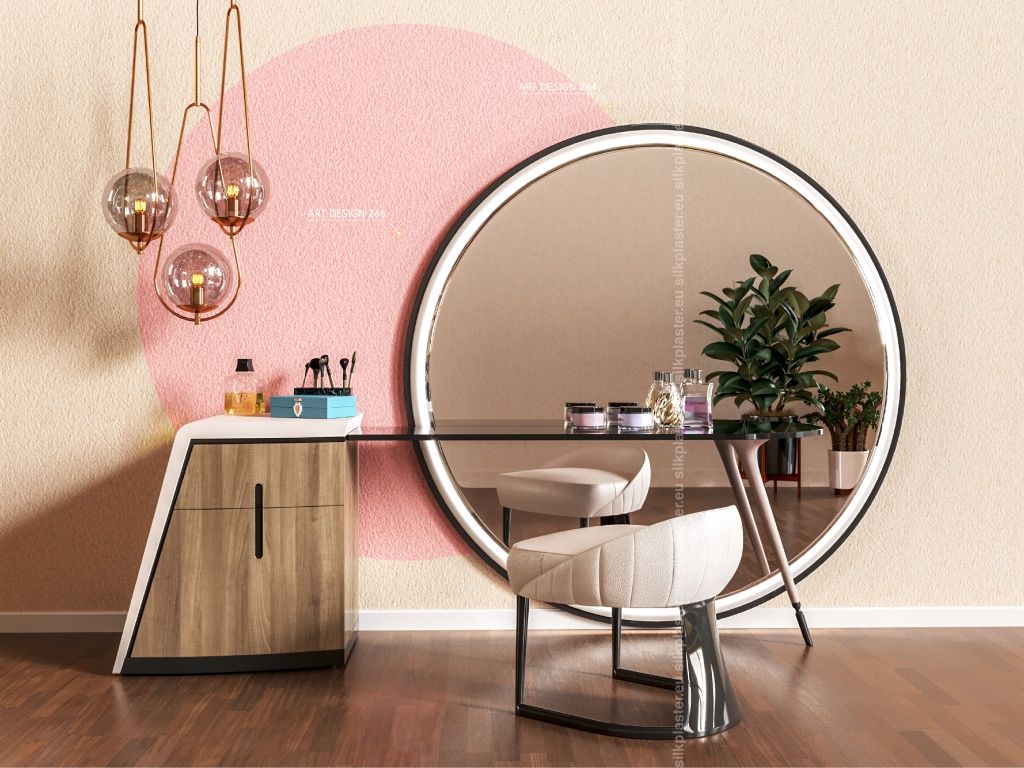
Gardez à l'esprit que même si vous choisissez de réaliser des dessins plus complexes, votre revêtement mural bénéficiera toujours d'une finition en plâtre, ce qui lui permettra de durer encore plus longtemps.
Nous sommes arrivés au terme de cet article et espérons qu'il vous a permis de mieux comprendre les différences entre les enduits traditionnels et les enduits décoratifs, ainsi que la manière dont les enduits décoratifs peuvent être utilisés pour améliorer vos murs et vos plafonds avec des designs différents et créatifs. Si vous avez d'autres questions sur les produits de revêtement mural décoratif SILK PLASTER, n'hésitez pas à contacter notre équipe pour plus d'informations!












